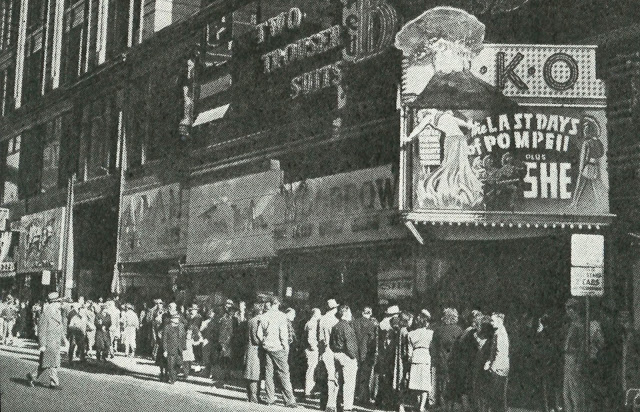Footlight Glamour In Pittsburgh
Stars Shine On Hometown Stage
Here are legit offerings for
| Archive and Links |
|
Search Index Here |
 |
| Cleveland is Blitz-Ville For TV Fear Saturation |
 |
| Breakfast Free? Wonder If They Served Pancakes |
 |
| A Five Week Rush on New York's RKO Palace for Late '48 Combo of Pompeii with She |
 |
| Boston Braces For The Mighty Pair, Shows From Early Morn Till Late Into Night |
 |
| Chicago First Week Sees 34,000 Admissions to the 1100 Seat RKO Grand Theatre, Lines "A Block Long" |
 |
| Plover, Wisconsin Gets Open Air Dose of Combo Action |
 |
| November 1948 --- Socko Broadway Revive for Twin Spectacles from Merian Cooper and RKO |